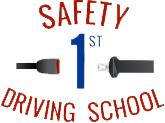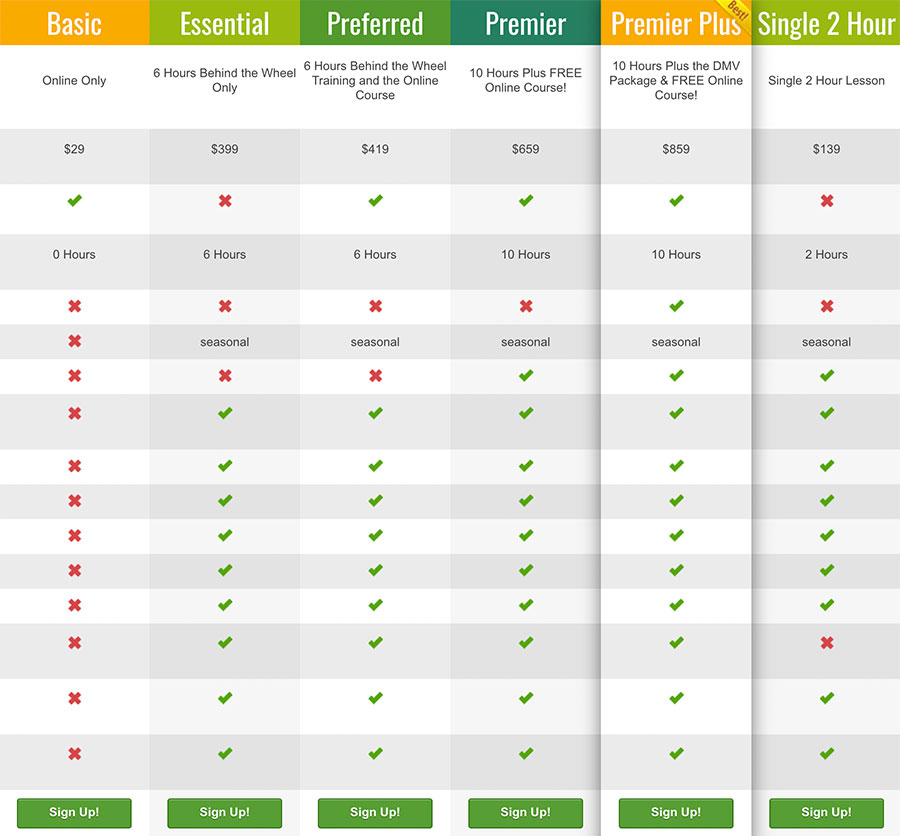 Carjacking has become one of the world’s most prevalent crimes. Just last Monday, two cars were stolen in a string of carjackings and attempted carjackings that have occurred in Irvine, Costa Mesa, and Tustin.
Carjacking has become one of the world’s most prevalent crimes. Just last Monday, two cars were stolen in a string of carjackings and attempted carjackings that have occurred in Irvine, Costa Mesa, and Tustin.
The aggressor was a 20-something Latina woman, approximately 5’2″, 130 lbs, wearing a dark hoodie and jeans.
Read about the recent Orange County carjackings here.
Carjacking is one of the fastest growing crimes in the United States. A carjacking can happen anywhere, at anytime. According to the U.S. Department of State, most carjackings occur for the sole purpose of stealing the car (not to target the individual driving, though they can become dangerous). It doesn’t really matter who you are, how old you are, what you look like; if you find yourself in the wrong place at the wrong time, you could be a target for carjacking.
Preparation and awareness of one’s surroundings are crucial to preventing a carjacking. Here are some tips on how to prevent a carjacking, and what to do if someone tries to carjack your vehicle.
For Starters…
Avoid these areas, as they are the most likely places for a carjacking:
- High crime areas
- Lesser traveled roads (rural areas)
- Intersections where you must stop
- Isolated areas in parking lots
- Residential driveways and gates
- Traffic jams or congested areas
(source: U.S. Dept. of State)
Well, that pretty much covers everywhere, doesn’t it? Since you can’t avoid all those places – especially traffic jams or congestion in Orange County – the #1 precaution you can take is to know how carjackers operate (knowledge is power!) and to be aware of your surroundings.
What Carjackers Do
Carjackers don’t always just approach your window and say “Get out of the car!” Though that does happen, they actually have a few different sneaky methods you need to be aware of.
1. Accidents and Car Trouble
The Bump: Sometimes a carjacker will bump you from behind in a simulated “fender bender”. Once you get out of the car to assess the damage and exchange insurance information, the carjacker will steal your car.
If you are bumped from behind, drive to a safe, public place before getting out. Hang on to your keys, stay near your car, keep your phone with you, and be alert for any signs that the person is up to no good. Note: Your gut instincts are often right.
The Good Samaritan/The Ruse: Alternatively, a carjacker may stage their own accident or car trouble. They may appear stranded on the side of the road next to their car and flag you down for help. It is sad to say, but in this day and age it may be wiser to call for assistance rather than to get out of your car and help a stranded driver.
2. Following You Home
The Trap: The carjacker will follow you home, and when you pull into your driveway (or are waiting for your gate to open) they will approach you and attempt to steal your car. Always check your rear view mirrors and note if the same car has been behind you for a while. Wait until your gate is fully open before pulling into the driveway and potentially getting trapped.
3. Other Methods
Setting up roadblocks (that look official) and impersonating police officers or other authorities are also methods carjackers use, though they are more common in other countries than the U.S. So if you travel outside the country often, be aware of these common carjacking methods.
How to Avoid a Carjacking
- Keep your doors locked and your windows up. A carjacker may be discouraged by this and move on.
- Look for ways of escape when stopped. Leave some distance between you and the car in front of you in case you need to maneuver out of a dangerous situation. (A good rule of thumb is that you should always be able to see the rear tires of the car in front of you.)
- Keep your radio low, so you can hear someone approaching or any commotion outside your car (for instance, if the carjacker tried unsuccessfully to carjack someone else before you).
- Heads up! Do NOT focus on your phone or reading when stopped at a traffic light or in stop-and-go traffic. Use your side and rear-view mirrors to check your surroundings.
- Keep your cell phone handy to call 911 and/or to take with you if you need to exit the vehicle.
What to Do if You are Being Carjacked
If someone tries to carjack you, you need to assess the situation quickly. Is the aggressor confrontational? Do they have a weapon? Are there one or more than one of them? What is their mental state?
According to the U.S. Department of State, non-confrontation is the best response to a carjacker. “The objective is not to thwart the criminal but to survive!”
According to mainesecurity.com, your three options are to escape, confront, or comply. We encourage you to read more about it and think through different scenarios. The more you know and plan what you would do in the event of a carjacking, the more likely you will be to remain calm and take the appropriate action.
One thing’s for sure: If you have children in the car, alert the aggressor immediately. That could alter their plans and keep the children safe.


